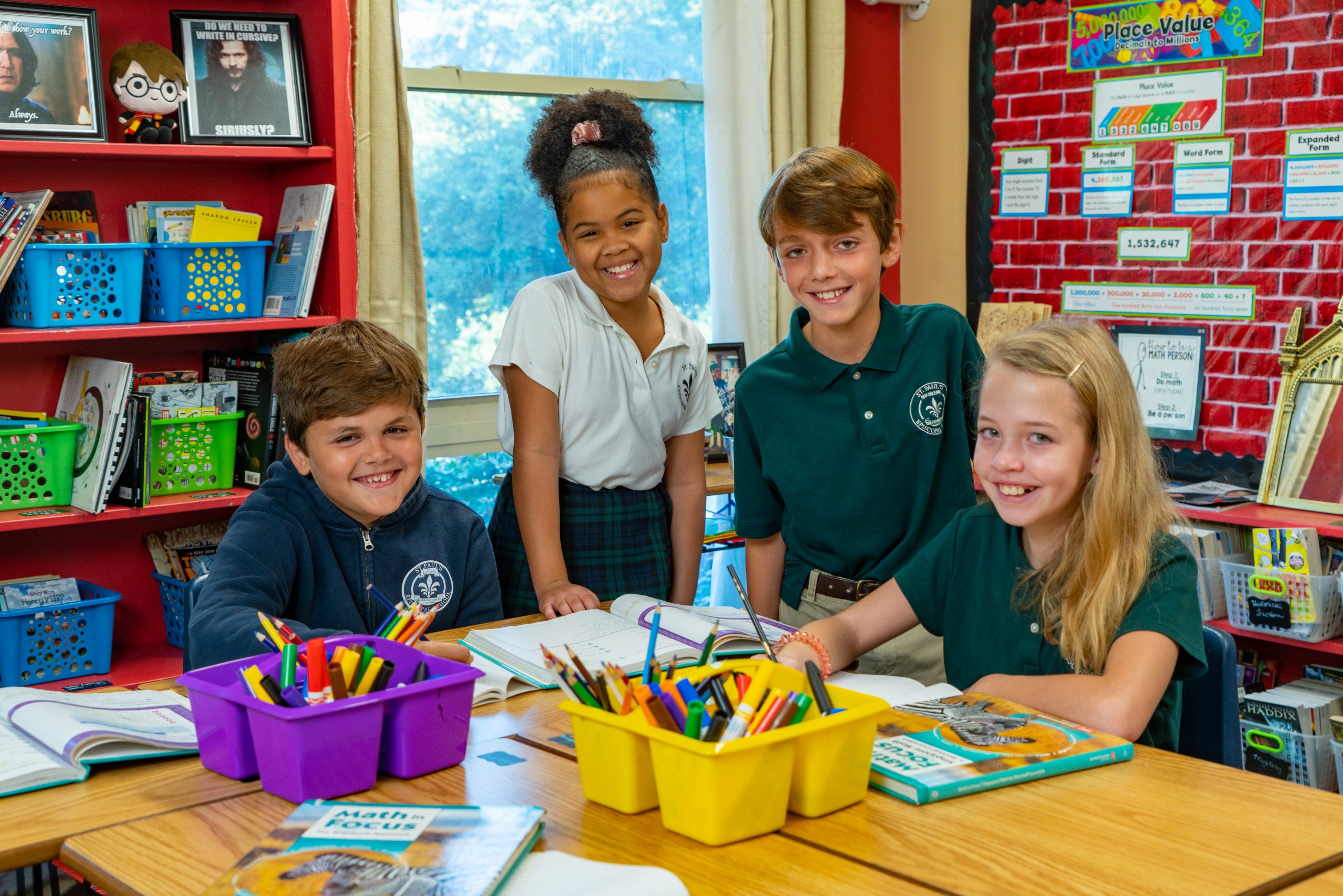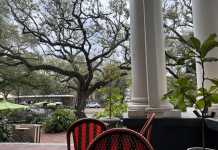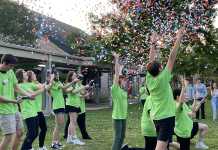Disclosure :: This post is written and sponsored by St. Paul’s Episcopal School.
Teaching Diversity, Equity and Inclusion in the Classroom
 The importance of social justice in education has never been greater, with the goal to create equality, fairness, and respect to prepare students to become responsible global citizens. Often social justice is achieved through the acceptance of diversity and schools working to make sure students can access the benefits of social cooperation and guard against inequalities.
The importance of social justice in education has never been greater, with the goal to create equality, fairness, and respect to prepare students to become responsible global citizens. Often social justice is achieved through the acceptance of diversity and schools working to make sure students can access the benefits of social cooperation and guard against inequalities.
The National Education Association (NEA) defined diversity as “the sum of the ways that people are both alike and different.” Diversity is dynamic and may include various aspects of an individual, such as race, ethnicity, cultural background, religion, physical abilities, mental abilities, or socio-economic status. Actually, there’s more to diversity than meets the eye. One may even visualize an iceberg when thinking about diversity, as there are some diverse characteristics of an individual that one can externally see, while many characteristics of culture reside below the surface level.
At. St. Paul Episcopal School, social justice is achieved through embracing diversity in our everyday life of inclusion and acceptance. St. Paul’s Episcopal School serves children of all socio-economic groups, races, and religions because we want our children to see and recognize the beauty inherent in a richly varied and diverse world. Not only is diversity a principle found within the Episcopal teachings and chapel services in which all faiths are welcome, it is also taught throughout the curriculum of St. Paul’s Episcopal School in Lakeview.
In literature, we address diversity and have discussions or creative writing lessons based on these topics. We conduct research assignments during Black History Month which launches a year-round celebration of other cultures including Asian and Hispanic, “Famous Females in History” and more. Our 5th grade students read, “The Cay”, a book about tolerance and learning to get along with those who are different from us. The students also conduct genealogy reports to learn more about each other and our diverse backgrounds.
In the math curriculum,”Kahoots”, a game-based learning platform, incorporates many cultures from around the globe. All word problems are “real world” problems that use a non-bias language. In music class, the students do a broad study of multi-cultural music. We study jazz, blues, rock and spirituals in depth and then connect those styles to more modern types of music. Both girls and boys alike are asked to be active participants in the classroom and leaders in our community.
Service learning and sustainability education work hand in hand as vital components of our educational philosophy. All students at St. Paul’s, age 2 through 8th grade, experience learning through service to others by participating in community service and service learning programs. Each of our St. Paul’s Sustainability Standards includes a list of “desired habits of mind,” such as empathy, awareness of the needs of others, willingness to take action, the ability to communicate effectively, and to work collaboratively. Our students annually perform more than 6,000 collective hours of service learning and community service through “Paws to Work”, which focuses on sustainability of culture and the earth.
As educators and allies, we are called to shine a spotlight on diversity and work towards addressing the inequalities in our community, by not only teaching a socially just curriculum, but by instilling inclusive values.
For more information about St. Paul’s Episcopal School and curriculum, go to www.stpauls-lakeview.org.
The Future is Here.















